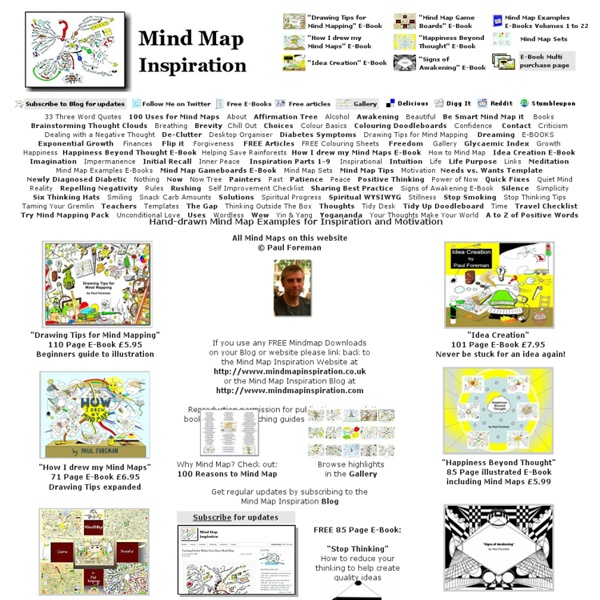



heuristiquement ThinkBuzan - Official Mind Mapping software by Tony Buzan Online Mind Mapping - MindMeister VUE: mind mapping meets data visualization, semantic analysis, and presentation engine VUE (Visual Understanding Environment) is a free, open source mind mapping and data visualization software developed by the Academic Technology group at Tufts University in Boston. VUE is unique in that it offers a range of innovative functions such as tagging of nodes and of relationships, support for images, videos, and other objects within the mind map structure, and the ability to import and analyze datasets (from CSV files, XML files, and even RSS feeds) using semantic mapping. It also functions as an innovative Powerpoint-style presentation tool, allowing users to define “presentation pathways” on top of the mind map structure, and to create presentation-style content that is associated with the mapped concepts. VUE can also be used in conjunction with the Zotero Firefox extension to map out and visualize online documents and web clippings. VUE is also a full-fledged, Powerpoint-style presentation software. Here are more notes on this program: Version Tested: 3.0 beta4b2.
code_swarm An experiment in organic software visualization. A moment from the Eclipse project. [video] I've been studying software projects for a while now. Not the programming, but the people -- the way they interact with each other through collaboration and communication. My investigations have always been visual: I've built applications that create pictures of what is happening within software projects. This visualization, called code_swarm, shows the history of commits in a software project. Please have a look at the videos below. The code is open source and available at Created by Michael Ogawa with Processing. VIDI group, UC Davis